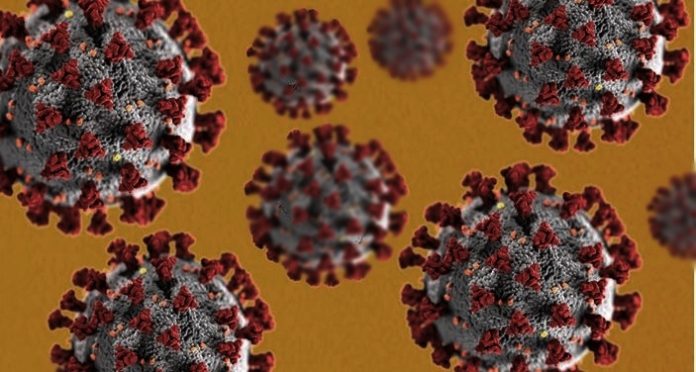Aug. 28 (UPI) — Up to 70% of COVID-19 infections in children might be missed unless routine testing and contact tracing measures are implemented, a study published Friday by JAMA Pediatrics found.
In an analysis of 91 children with confirmed cases of the virus from 20 hospitals in South Korea, 20 remained asymptomatic throughout their illness and 47 had unrecognized symptoms before testing, the researchers said.
Another 18 developed symptoms after they had been tested and their diagnosis had been confirmed, according to the researchers.
Still, based on results from retesting, even asymptomatic children in the study continued to shed virus, meaning they remained contagious, for up to 14 days after diagnosis, the researchers said.
These children could be “associated with silent COVID-19 transmission in the community,” they said.
“Detecting infected children by testing is most vital,” study co-author Dr. Eun Hwa Choi told UPI.
“We need to understand children’s behavior — or contact patterns — which is very different from that of adults,” said Choi, a professor of pediatric infectious diseases at Seoul National University Children’s Hospital in South Korea.
The South Korea study is the second in recent weeks to describe children as potential “silent” spreaders of the new coronavirus. Researchers in Boston, in an article published Aug. 20 by the Journal of Pediatrics, found that asymptomatic children had higher levels of the virus in their systems than hospitalized adults.
For the South Korean study, Choi and her colleagues analyzed data from 91 confirmed cases of COVID-19 in children diagnosed between Feb. 18 and March 31.
The children were treated either in a hospital or in a “non-hospital isolation facility,” and all of them ultimately recovered, despite the fact that some remained sick for over 30 days, the researchers said.
Forty-one of the children developed upper respiratory-tract infections as a result of COVID-19, while 22 had infections in the lower respiratory tract, the study said.
The virus remained detectable in children with upper respiratory-tract infections for 19 days, compared to 20 days for those with lower respiratory-tract infections, according to the researchers.
Most of the children — 57 — were infected after coming into contact with someone at home who was sick, but 15 caught the virus after contact with someone who had traveled to an affected area and 11 were sickened after attending large gatherings, the data showed.
“Losing the opportunity to test children during the early stage of infection may contribute to transmission,” Choi said.
“In the context of contact tracing, school closure and quarantine, children’s role in transmission may be trivial, but as the pandemic evolves, along with the loosening of social distancing and schools reopening, children’s transmission potential may change.”







